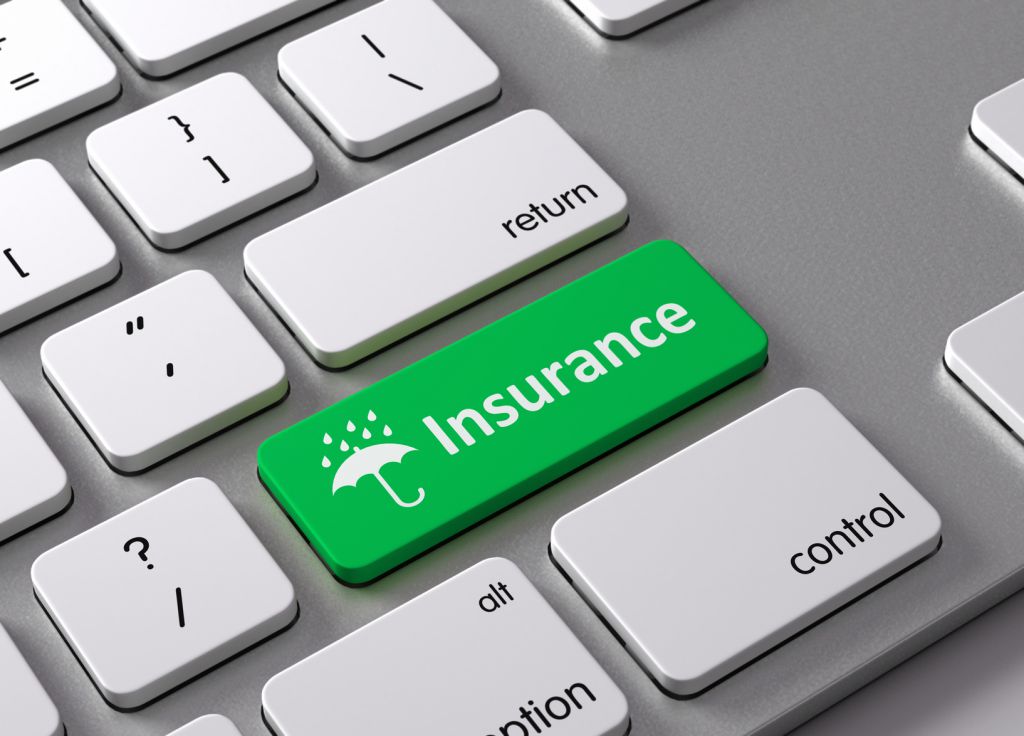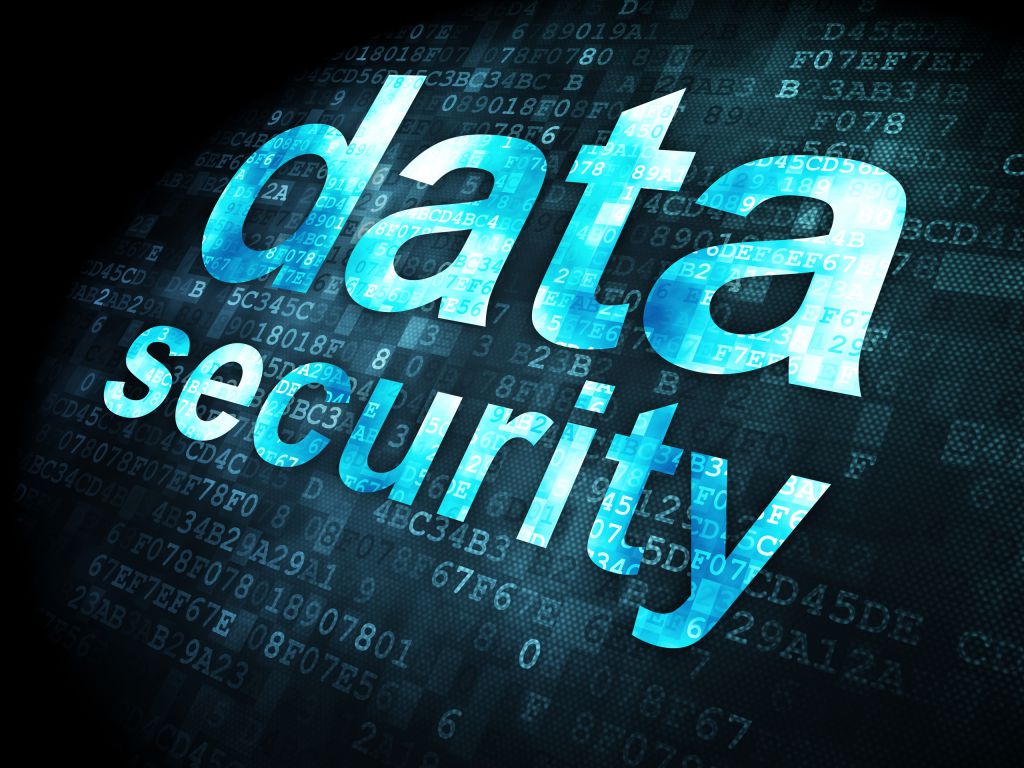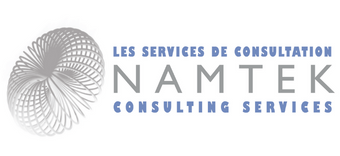This post was updated to reflect current trends and information.
When we think about insurance policies, many of us think of the most common ones, such as health insurance, life insurance, automobile insurance and property insurance. We all know that the point of having any insurance policy is to protect your most important assets. For a company, what can be considered as important? I’d say their sensitive data! This is why I strongly urge business owners to have, what I like to call, “data insurance”.
“Data Insurance”
 What is “data insurance”? To our team at Namtek Consulting Services, it is a company’s Business Continuity and Disaster Recovery solution and plan. All of our customers, using our QBR Business Continuity solution and service refer to their monthly fee as their data’s insurance policy. They know that no matter what happens, their data is protected and easily recoverable. They are provided with real-time backups, email confirmations ensuring that all backups taken were successful, and quick recovery methods for their data during any crisis or disaster. Please don’t get this mixed up with those old backup tapes and drives. Read how Business Continuity differs from traditional backup and recovery methods.
What is “data insurance”? To our team at Namtek Consulting Services, it is a company’s Business Continuity and Disaster Recovery solution and plan. All of our customers, using our QBR Business Continuity solution and service refer to their monthly fee as their data’s insurance policy. They know that no matter what happens, their data is protected and easily recoverable. They are provided with real-time backups, email confirmations ensuring that all backups taken were successful, and quick recovery methods for their data during any crisis or disaster. Please don’t get this mixed up with those old backup tapes and drives. Read how Business Continuity differs from traditional backup and recovery methods.
To learn how Business Continuity works, check out these short videos on YouTube.
What do companies have to protect their data against?
There are many causes for data loss and downtime, which can include human error (accidental deletion of files or folders), natural disasters (fires or floods), power outages, hardware or software malfunction, and much more.
Ransomware
Another big threat to a company’s data is Ransomware Cyberattacks. This is considered as a growing concern in the today’s business world. Ransomware attacks are when hackers threaten companies (and even individuals) by holding their valuable data hostage and asking for a ransom in order to release their data back to them. Ransoms for individuals are usually around $500 USD but can go much higher for companies.
The ransom, in most cases, isn’t even the biggest problem to these companies. It is the downtime that they experience during this whole ordeal. Employees don’t have any access to the company’s data until they pay the ransom, causing operations to stop. By the time management opens up a bitcoin account, pay the ransom and receive the code to unlock their files from the hackers, a few days could have passed. Time is money. For many companies, this downtime could add up to a much higher dollar amount than the ransom itself.
Therefore, it’s critical to understand that ransomware affects companies in two major ways:
- The ransom itself, which can be upwards of tens of thousands of dollars for businesses.
- Downtime!
Unfortunately, the number of ransomware attacks has been increasing; hackers are realizing that not only can they target individuals, with a $500 USD ransom, but they can target all kinds of businesses, hospitals, universities, etc. in which they know the data at these places is considered to be extremely valuable to them. For Universities that do world-class research, like the University of Calgary, a higher ransom will be requested. Remember, hackers have no moral standards. They can increase the ransom as they please.
More and more, news outlets report successful ransomware campaigns that happen to individuals as well as companies, hospitals and universities.
Read: 2017-2019 Ransomware statistics and facts
CBC News released a story about a ransomware victim who got his home computer seized by a malicious malware program and was asked to pay $800 CAD to get the code to unlock his files. He paid it right away because all of his family photos and wedding photos were held hostage.
The success rate of these cyberattacks are high due to the fact that hackers can’t get caught and they are continuously adapting to changing environments by altering the malware. On top of it, many people don’t think they’ll be a victim until they are, so they ignored expert advice to implement a Business Continuity solution and draw up a Disaster Recovery plan.
I’m here to tell you that, as a business owner, you definitely need to seek out security measures, like QBR Business Continuity, that will protect your data from these cyberattacks or any other crisis or disaster. It’s to protect you from the unexpected.
Key takeaways from Ransomware Cyberattacks:
- EVERYONE can fall victim; from individuals, to small businesses to large enterprises
- The more valuable your data is, the higher your ransom will be
- There is no limit to how many times you get ransomware
- Without a solid Business Continuity solution, once you pay the hacker, the virus remains
- Traditional backup systems aren’t cutting it anymore for these sophisticated types of malware
- Business Continuity saves companies from having to pay a ransom and from incurring any downtime. They can instantly rollback to the most recent time where all of their files were not infected.
Bottom line: Protect your data to keep operations running as usual
 In the end, what matters to every business owner, is how fast employees can get back to work or in other words, how quickly operations can resume, during all sorts of disasters or crises. Be it a fire, a flood, an ice storm (for all our fellow Canadians), a human error, a ransomware attack, or hardware malfunction, it’s important to be well protected. A company’s data is extremely valuable to their operations and it’s time business owners see Business Continuity services as their insurance policy. Our QBR customers can restore an entire server, an entire desktop or simply pick and choose a specific file they accidentally deleted. It’s that simple and truly that remarkable.
In the end, what matters to every business owner, is how fast employees can get back to work or in other words, how quickly operations can resume, during all sorts of disasters or crises. Be it a fire, a flood, an ice storm (for all our fellow Canadians), a human error, a ransomware attack, or hardware malfunction, it’s important to be well protected. A company’s data is extremely valuable to their operations and it’s time business owners see Business Continuity services as their insurance policy. Our QBR customers can restore an entire server, an entire desktop or simply pick and choose a specific file they accidentally deleted. It’s that simple and truly that remarkable.
Business owners may think that the chances of them experiencing data loss or downtime are slim. It’s actually a lot more prevalent than one may think. According to Peer1 hosting, “90% of businesses unexpectedly lose access to their critical systems and one-third of them deal with downtime each and every month. The average downtime in the U.S. is 7.9 hours, and in Europe, businesses average 10.3 hours of downtime”. When this happens, and depending on the cause of downtime, these companies will suffer from loss of data and loss of revenue, amongst other major business impacts.
How much will 7.9 hours of downtime cost YOUR business?
Once you see an actual dollar amount linked to your downtime, you may start re-thinking having that “data insurance policy”.
Protect your company’s data and get some “data insurance”. Contact us about our Business Continuity service – QBR. You’ll have the peace of mind when it comes to your data’s safety.

